Preserved Meyer Lemons
February 5, 2021
Gluten-free · Nut-free · Soy-free
Humans have been preserving food for a long time, since that was the way food could be saved for times when there was no food available, like during the winter. Preserving in salt was one of the first methods that were created for doing this, as salt has an anti-fungal property that doesn’t allow any bacteria to grow or reproduce in a high salt environment. That’s why now, many foods are preserved in brine, which is water with a high concentration of salt in it.
Lemons are one of the more traditional foods that have been preserved in various countries and cultures. Preserved lemons are widely used in India, throughout North Africa, and also in English cuisine. In this recipe, we’ll be using Meyer lemons instead. Meyer lemons are native to China and are a hybrid of citron and mandarin fruit. They’re so aromatic—the fragrance is a lot like that of a mandarin, sweeter and less acidic than a lemon.
To preserve them, this method involves a fermentation process in which the lemons sit in a brine made up of lemon juice and salt. Because this is a fermentation process and pesticides could affect the process, I suggest you use organic, unwaxed Meyer lemons.
It’s very important to work clean and to sanitize your containers when fermenting food, otherwise, unwelcome microbes could be produced in the process and ultimately damage your product. Before making the recipe, please read the Basic Rules for Fermenting below to ensure you use the safest practices.
Basic Rules for Fermenting
Before you start any kind of fermenting, it’s important to understand these basic rules that apply to all fermentation processes to ensure a safe environment and safe food.
-
Clean and sanitize your workspace before doing anything else. You can use hot water and soap, white distilled vinegar, or at least 60% alcohol.
-
Sanitize your fermenting jar and any tools you’ll be using. To do this, you can either run everything through the dishwasher or place your jar and tools into a pot full of boiling water and boil for 5 minutes.
-
Wash your hands thoroughly.
Notes:
The ideal temperature for this lactic acid fermentation is between 64.5- 71.5 F.
In this fermentation, we want to create lactic acid bacteria, which is tolerant to high salt concentrations.
Equipment
For this process, you’ll need 1 quart-sized glass jar that’s been sterilized (you can do this by running it through your dishwasher or boiling it in water for 5 minutes), 1 metal spoon, 1 large bowl, and a kitchen scale.
Uses
You can use the rind and the pulp of these lemons. The pulp is usually sliced or diced to add to recipes, and they can also be blended to create a purée that’s used to season stews, soups, and vinaigrettes among other things.
In Ayurvedic medicine, preserved lemons are also used to treat stomach disorders.
Watch the recipe video here.
Makes about 1 quart
Ingredients
8 organic Meyer lemons (use regular lemons if you can’t find Meyer)
80g kosher salt
225ml of Meyer lemon juice (about 4 lemons)
Optional add-ins:
1 chili, halved
Fresh thyme sprigs
Fresh rosemary
Whole black peppercorns
Equipment
1 QT jar sterilized ( run it through the dishwasher or boil it in water for 5 minutes)
1 metal spoon
Kitchen scale
1 large bowl
Method
-
Clean and sanitize the space you’ll be working in by scrubbing it down with soap and hot water. You can also use distilled vinegar or 60% alcohol. Make sure you wash your hands.
-
Quarter the lemons and slice off the white fibrous from the center of each quarter. Place them into a large bowl. Add the salt and mix to combine.
-
Place lemon quarters into your sterilized jar and push them down with a spoon or your clean hands. You’ll see how the juice starts coming out of them. This is good, you want to get as much juice out of them as possible.
-
Add the remaining juice to the jar, making sure to leave about 1-inch space at the top of the jar. Loosely close the jar.
-
Keep in a dark, dry place at around 64-72ºF for 1 month. This is the optimal temperature, but it’s ok if it slips outside this range a little bit.
-
After 30 days, check on them and give them a taste (make sure to use clean spoons when tasting!). Screw the lid of the jar tightly this time and stranger it to the fridge. They can be kept stored here for at least 1 year.
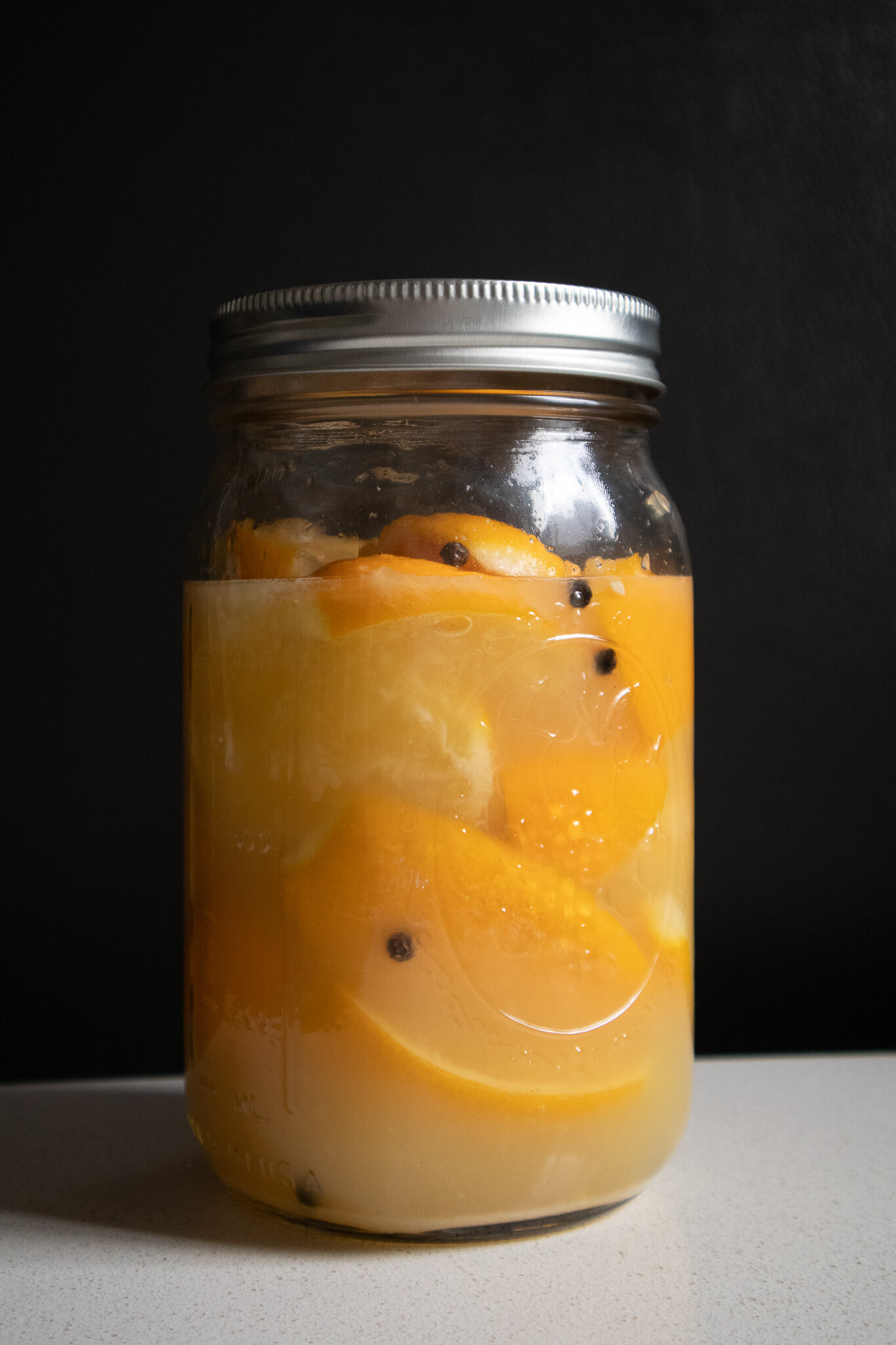



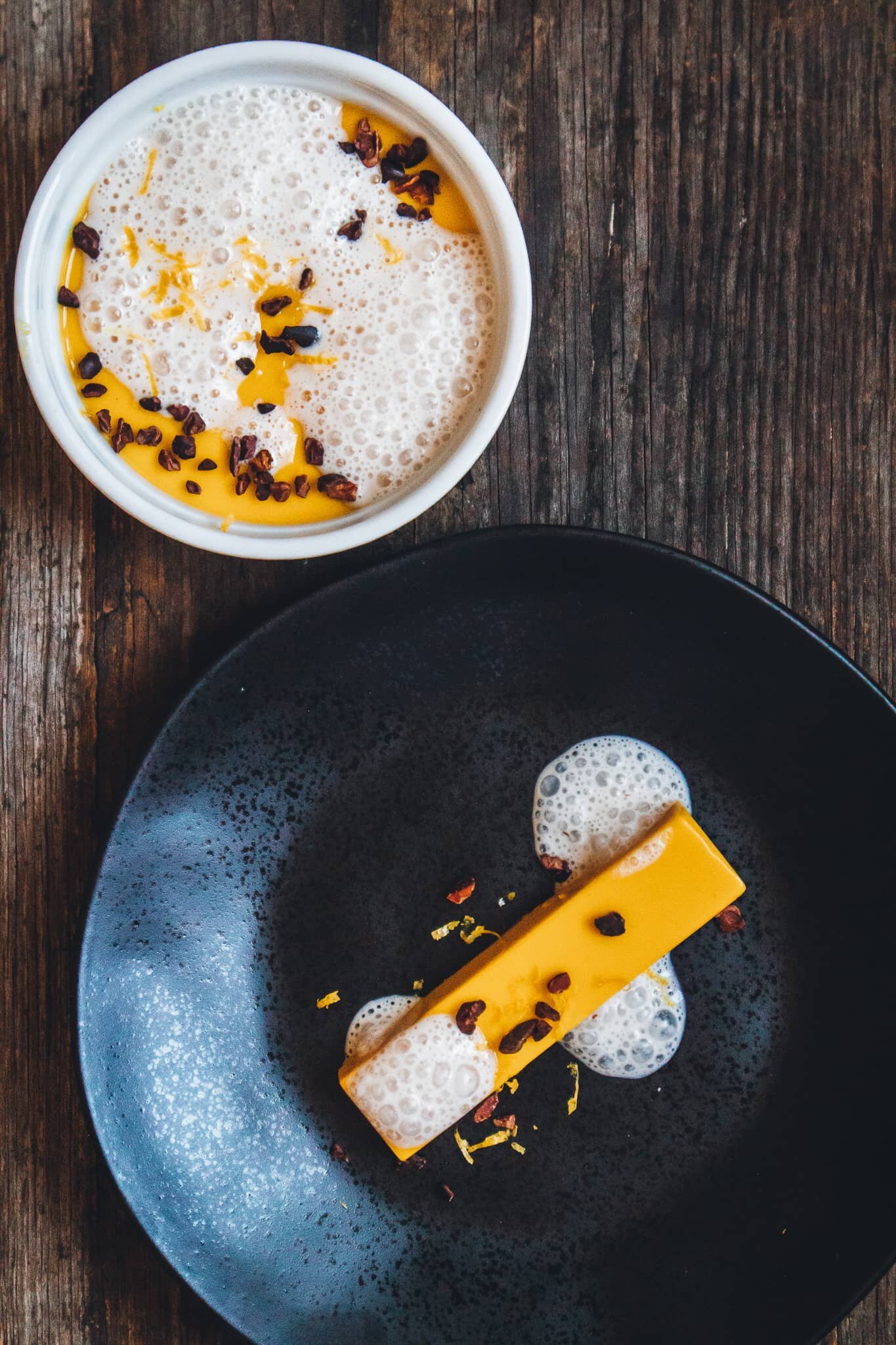
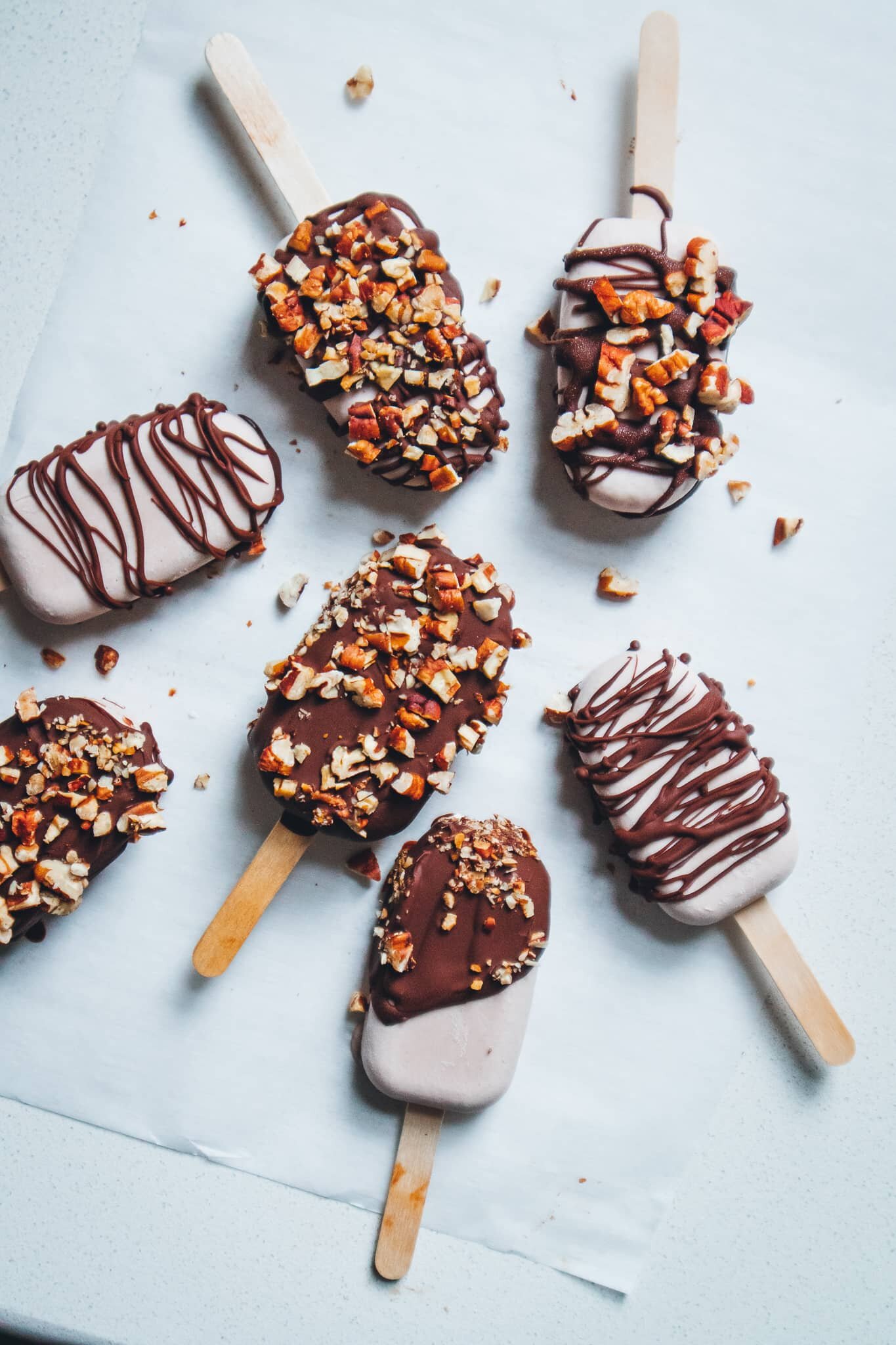

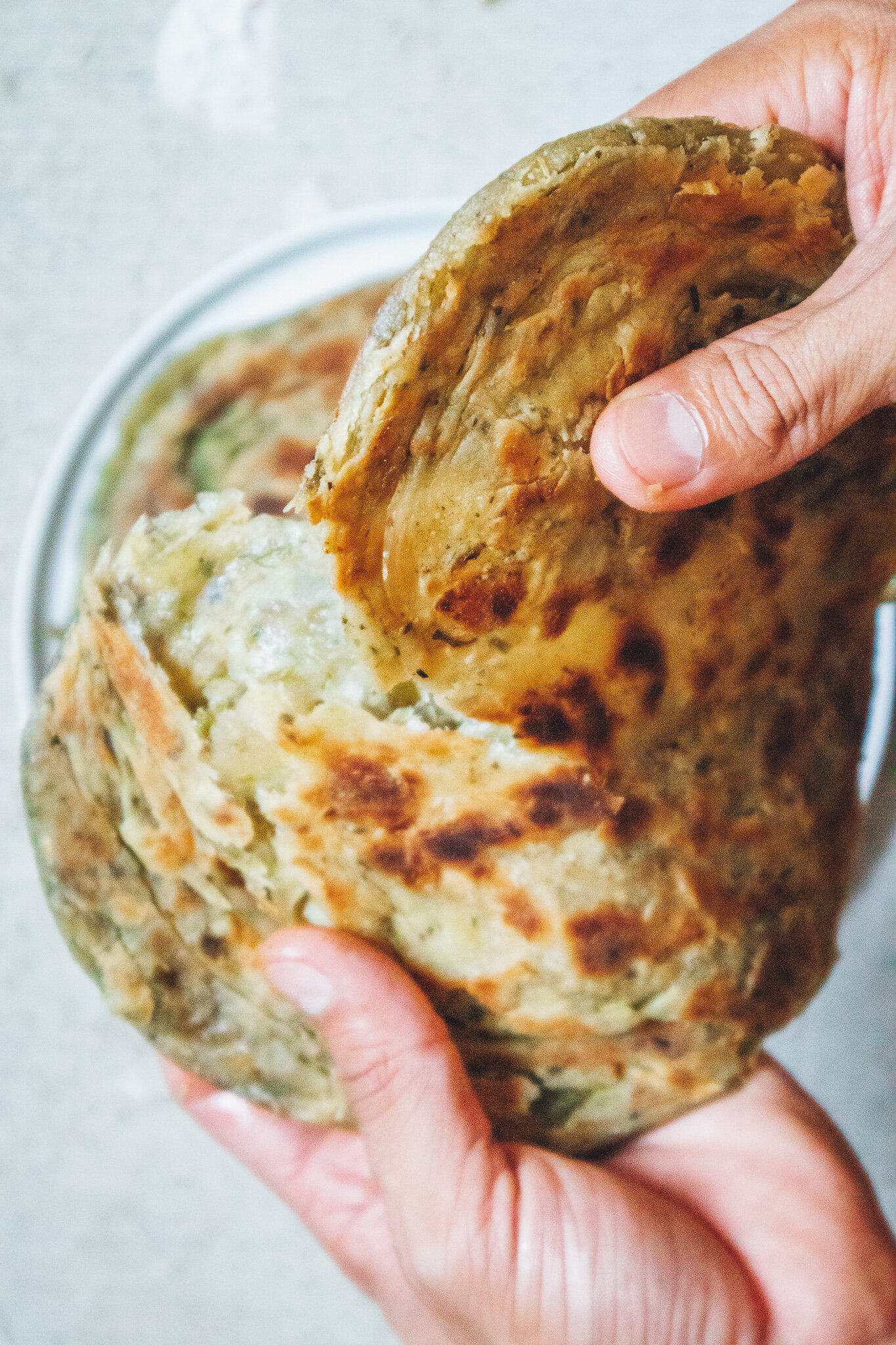

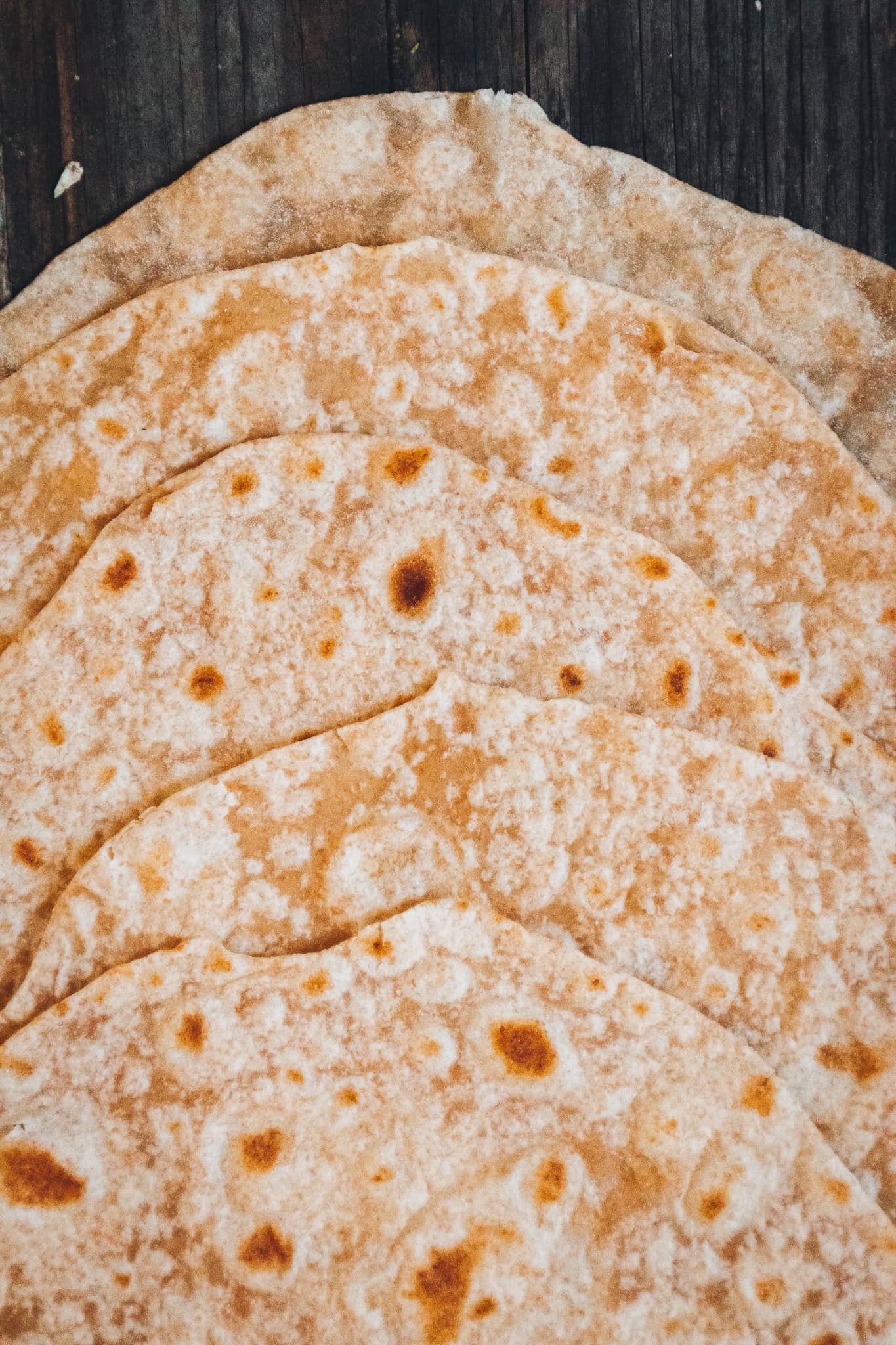
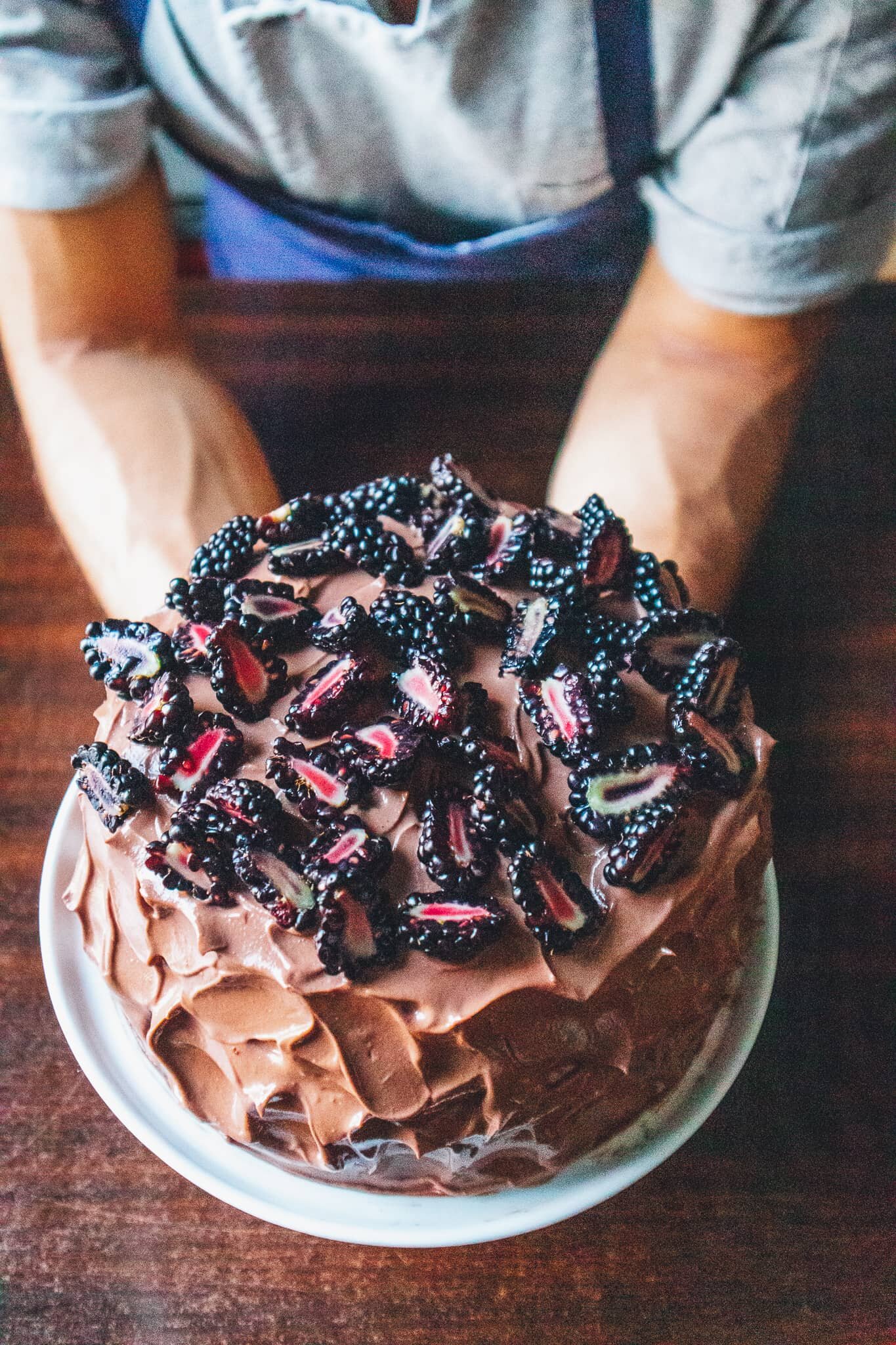
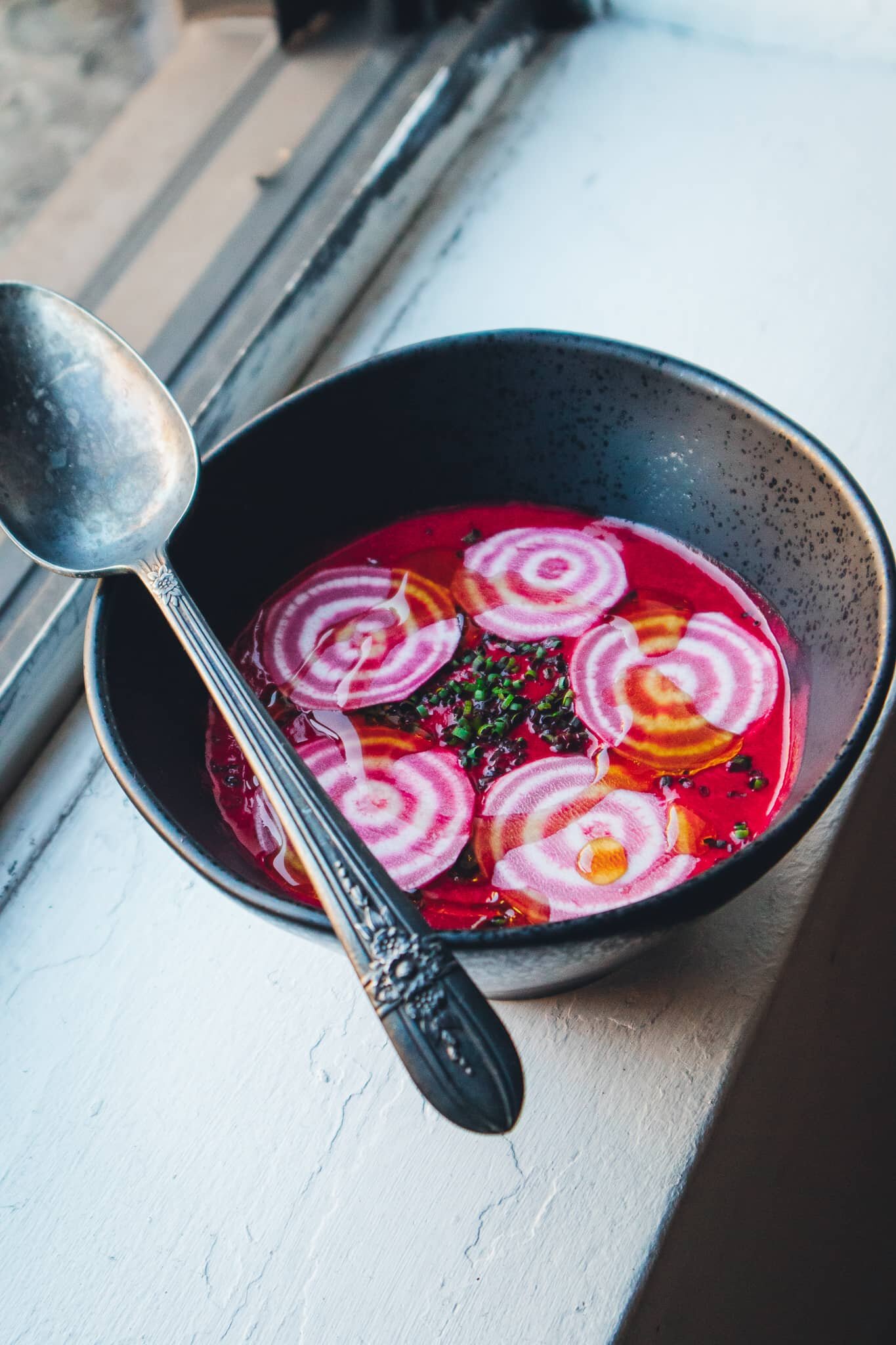
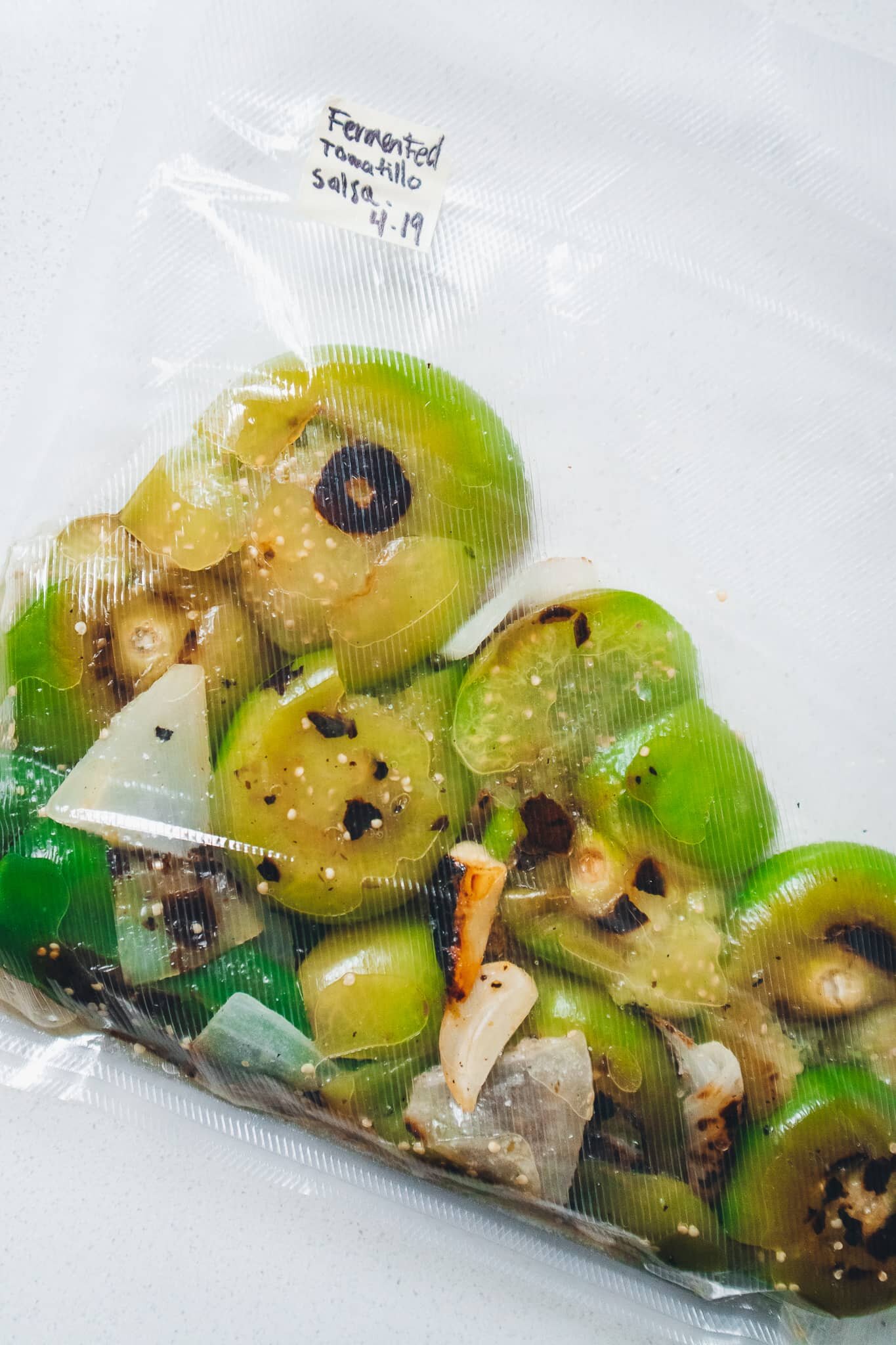
be the first to comment